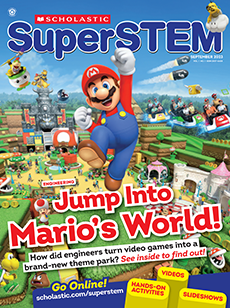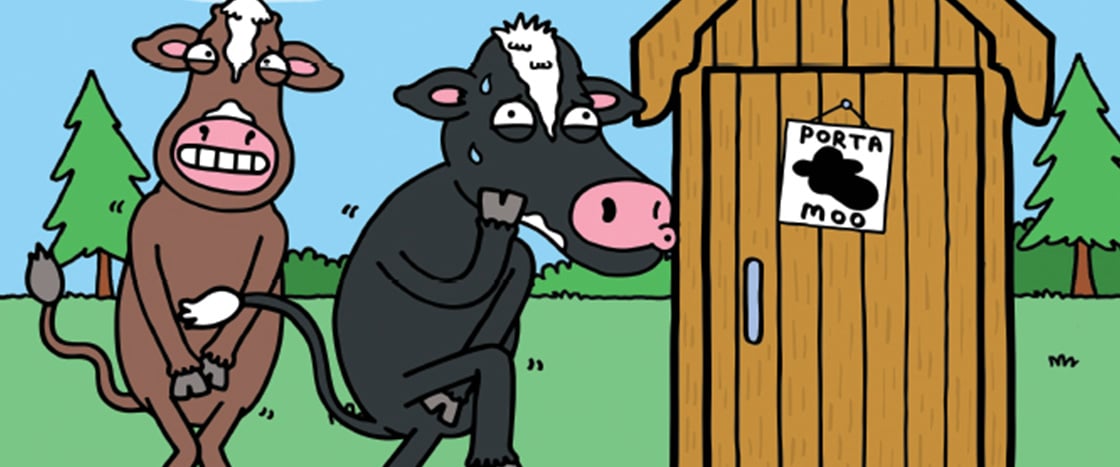MOOOVE out of the way! This cow’s got to pee! But it won’t be doing its business outdoors. A team of scientists recently tested whether cattle could be trained to walk into a stall and pee.
Why potty train cows? It could help the environment! A cow produces up to 30 liters (8 gallons) of urine a day. There are about a billion cows on the planet. The urine they produce mixes with other substances in the ground to form chemicals that can pollute soil and water.
MOOOVE out of the way! This cow’s got to pee! But it won’t be doing its business outdoors. A team of scientists recently tested whether cattle could be trained to pee in a stall.
Why potty train cows? It could help the environment! A cow produces up to 30 liters (8 gallons) of pee a day. There are about a billion cows on the planet. The pee they produce mixes with other substances in the ground. That forms chemicals that can pollute soil and water.

